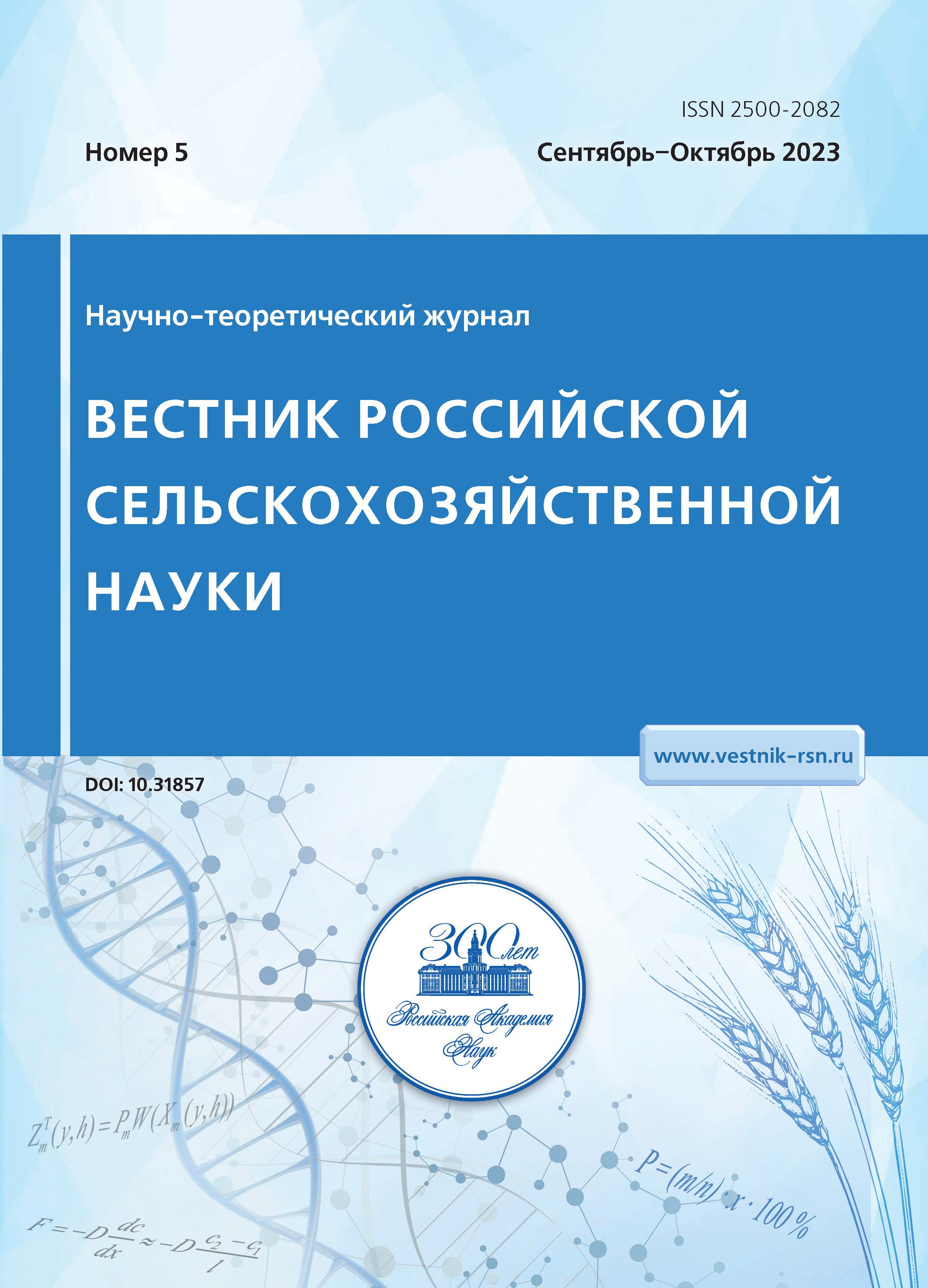Evaluation of perennial poaceae grasses species and varieties for creating lawns
- 作者: Novitskiy G.G1, Zolotarev V.N2
-
隶属关系:
- ANO "Fiztech Football Club"
- Federal Williams Research Center of Forage Production & Agroecology
- 期: 编号 5 (2023)
- 页面: 26-32
- 栏目: ARTICLES
- URL: https://snv63.ru/2500-2082/article/view/657205
- DOI: https://doi.org/10.31857/2500-2082/2023/5/26-32
- EDN: https://elibrary.ru/XISLGI
- ID: 657205
如何引用文章
详细
Under the conditions of the Moscow region, in a field experiment, a comparative assessment of 6 types of perennial grasses and 13 of their varieties was carried out in the lawn mode of use for 12 years. It has been established that in the first year of life, the highest intensity of tillering in the first two to three months was observed in perennial ryegrass, meadow fescue and giant bentgrass. The projective cover of single-species lawns from these species amounted to 92-96% by autumn. In the first year, red fescue was characterized by lower development rates and by the beginning of autumn formed a high-quality lawn with a closed-mosaic structure and 71-79% projective cover, depending on the variety used. The slowest formation of lawns in the year of sowing was noted for meadow bluegrass, which provided projective cover in different varieties from 14 to 60%. The bluegrass lawns reached their maximum density mainly in the third year. The most high-quality lawn with a closed-diffuse composition and 100% projective cover was formed already in the first year when using a grass mixture with the participation of varieties of red fescue, meadow fescue, perennial ryegrass, bent grass, a mixture of meadow fescue, perennial ryegrass and giant bent grass, as well as a mixture of these species with varieties of bluegrass, red fescue and meadow timothy. The best longevity with a high density of shoots and close-diffuse composition with more than 90% annual projective cover for 12 years was distinguished by lawns from red fescue varieties Dipa and Celianna. In polyspecific lawns with the participation of bluegrass meadow, the share of its shoots in the total structure did not exceed 17-38%. Starting from the eighth year, due to the low vegetative mobility of red fescue, there was a consistent increase in the number of bluegrass shoots in the lawn. With intensive constant use of the lawn for sports, the grass mixture with a predominance of up to 90% of bluegrass meadow variety Balin turned out to be the most stable.
作者简介
G. Novitskiy
ANO "Fiztech Football Club"
V. Zolotarev
Federal Williams Research Center of Forage Production & Agroecology
Email: vladimir.zolotarew@yandex.ru
参考
- Андриянова А.В., Тазина С.В., Зайцев А.А. Экономическая эффективность применения удобрений при выращивании спортивого газона // Вестник ландшафтной архитектуры. 2019. № 20. С. 5-11.
- Асямов В.С., Степанов А.Ф., Бондаренко Н.А. Многолетние травы для создания газонов в условиях Западной Сибири // Вестник Омского государственного аграрного университета. 2016. № 1 (21). С. 9-14.
- Бондаренко Н.А., Степанов А.Ф., Прохорова Н.А. Партерные газоны для Сибири // Вестник Омского государственного аграрного университета. 2016. № 1 (21). С. 15-21.
- Гречушкина-Сухорукова Л.А. Ассортимент газонных трав и состояние газонов в объектах озеленения г. Ставрополя // Известия Тимирязевской сельскохозяйственной академии. 2022. № 1. С. 12-26.
- Золотарев В.Н., Переправо Н.И. Агробиологические особенности сортов диплоидной и тетраплоидной овсяницы луговой (Festuca pratensis Huds.) при возделывании на семена и газонном использовании // Адаптивное кормопроизводство. 2016. № 3. С. 53-68.
- Зубарев Ю.Н., Субботина Я.В., Пластун М.А. Влияние нормы высева и сортов многолетних злаковых трав отечественной селекции на качество газонов в Среднем Предуралье // Вестник Башкирского государственного аграрного университета. 2019. № 1 (49). С. 12-20.
- Зуева Г.А. Биоморфологические особенности овсяницы луговой при использовании в газонной культуре // Сибирский вестник сельскохозяйственной науки. 2009. № 5. С. 38-44.
- Кудинов С.В. сроки сева и видовой подбор злаковых трав для закладки газонов в Крыму // Известия сельскохозяйственной науки Тавриды. 2015. № 4 (167). С. 25-32.
- Лазарев Н.Н., Уразбахтин З.М., Соколова В.В., Гусев М.А Газоны: устойчивость, долголетие, декоративность: монография. М.: Изд-во РГАУ-МСХА им. К.А. Тимирязева, 2016. 163 с.
- Лепкович И.П. Ваши газоны. СПб.: "Издательство "Диля", 2014. 304 с.
- Серегин М.В. Выбор соотношения компонентов для посева газонов при благоустройстве придорожных территорий // Пермский аграрный вестник. 2016. № 1 (13). С. 30-34.
- Сигалов Б.Я. Долголетние газоны. М.: Наука, 1971. 311 с.
- Создание и содержание городских газонов / Уразбахин З.М., Симонян К.М., Циркова М.С. и др.; под редакцией Уразбахина З.М.. М.: "Евролинц", 2004. 111 с.
- Шеметова И.С., Хуснидинов Ш.К., Шеметов И.И. Интенсивность побегообразования спортивных газонов Предбайкалья // Вестник ИрГСХА. 2011. № 47. С. 20-26.
补充文件









